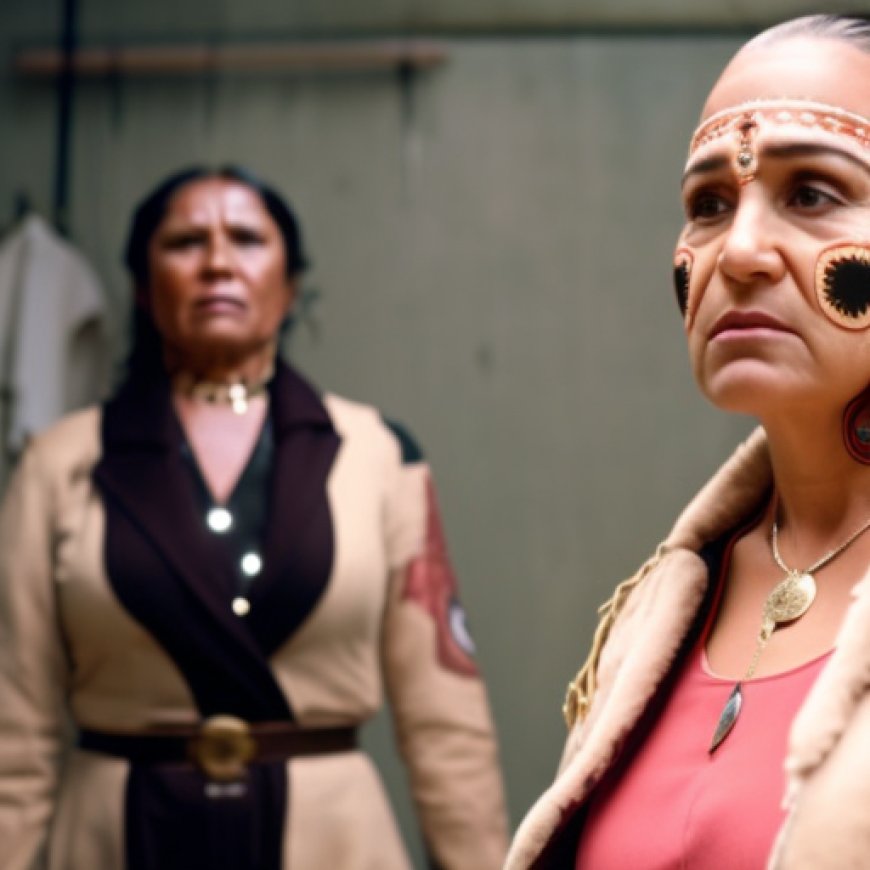Family violence: First Nations women 33 times more likely to be hospitalised than non-Indigenous women
Family violence: First Nations women 33 times more likely to be hospitalised than non-Indigenous women The Guardian


Aboriginal and Torres Strait Islander People Disproportionately Affected by Family and Domestic Violence
Aboriginal and Torres Strait Islander people are disproportionately affected by family and domestic violence.
In 2021-22, Indigenous women aged 15 and over were 33 times more likely to be hospitalised due to family violence than non-Indigenous women. Indigenous men were 27 times more likely than non-Indigenous men.
Hospitalisation Rates and Indigenous Population

Join us, as fellow seekers of change, on a transformative journey at https://sdgtalks.ai/welcome, where you can become a member and actively contribute to shaping a brighter future.







